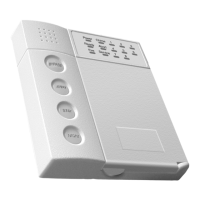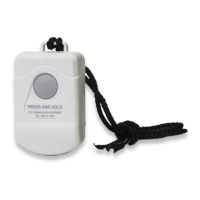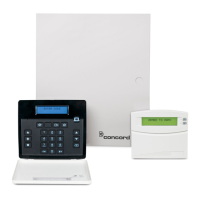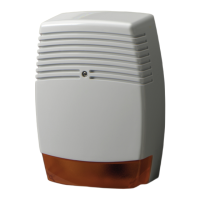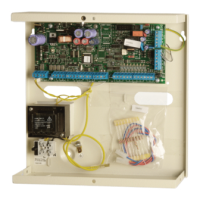NX-595E User Manual 9
Glossary of Terms
Authority Level: The level of access assigned to a users PIN code
Arm: To turn your security system On.
Partition:
Multiple "zones" (detection devices) can be allocated into "partitions" to permit
users to selectively "arm" the security system. For example there may be 3
zones in an partition called Downstairs, and two zones in another partition
called Upstairs. Users can only arm and disarm partitions they have authority
level to.
Away Mode: To turn your security system on when you are leaving the premises.
Bypass:
Isolate / remove selected zones from your security system. A bypassed zone is
not capable of activating an alarm, as it is temporarily removed from your
system.
DHCP
Dynamic Host Configuration Protocol, is a computer network protocol used by
devices to obtain configuration information for operation in an Internet Protocol
network. This protocol reduces system administration workload, allowing
networks to add devices with little or no manual intervention
Disarm: To turn your security system Off.
Exit delay: The time allowed to exit the premises after the security system is armed.
Entry delay:
The time allowed to disarm your security system after the first detection device
has been activated.
Master Code:
A four (4) or six (6) digit PIN code that is used by a user to arm or disarm the
security system. Its main feature is the ability to create, alter and delete user
PIN codes. Can also be used as a function code for all features. NOTE: Your
security system may have either four (4) digit PIN codes or six (6) digit PIN
codes, but not a mixture of both.
Outputs:
Where external devices are configured. These devices can be controlled from
your security system.
Relay
An electrically operated switch. Common uses include being used to open the
front gate to let a visitor in, or to turn lights on and off.
RTC
RTC stands for Real Time Clock - your NX-595E has a built in clock with
backup battery that saves the time and date in case your security system loses
power for an extended period of time.
Self Monitored:
Back-to-Base monitoring companies provide a 24/7 service with trained
security staff to respond to any incidents. Having a Self Monitored system is
more economical, however it does not provide as many features. NetworX
security systems support both Back-to-Base Monitoring and Self Monitoring.
Stay Mode:
To turn your security system on when you are staying in the premises, this will
automatically bypass pre-programmed zones and arm others. Often used for
arming just the perimeter of the premises.
Service
Provider:
The installation / maintenance company servicing your security system.
User Code:
A four (4) or six (6) digit PIN code that is used by a user to arm or disarm the
security system. Codes may be required for certain features. NOTE: A system
may have either four (4) digit PIN codes or six (6) digit PIN codes, but not a
mixture of both.
Zone:
An individual detection device or sensor is called a "zone". For example a
Passive Infra Red (PIR) motion detector in the lounge room is a single zone.
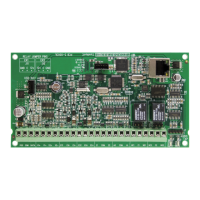
